You might've heard the term 'Bonnie Scotland', and you'll have undoubtedly heard someone do their best Scottish accent while flinging a few 'ayes' and 'wees' into the mix. But have you ever wondered where these words come from?
While it might be easy to think that all Scottish people speak a bit of Gaelic when you see it adorned on street signs and buildings underneath English language signs, you'd be wrong.
Is Scots a language?
Only about 58,000 people speak Gaelic in Scotland. Comparatively, the Scots language boasts an estimated 1.5 million speakers (according to the 2011 Scottish Census) despite not being standardised in any way – a number that is only expected to grow!
In the 2015 Scots Language Policy, the Scottish Government recognises Scots alongside Gaelic and English as Scotland's three historical indigenous languages.
History of Scots Language
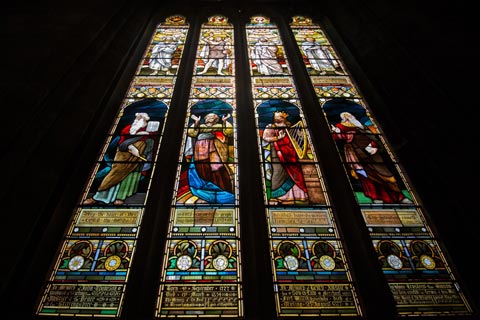
Scots is a Germanic language, similar to English. It's spoken throughout the Lowlands, in the main Scottish cities and Northern Isles. Wrongly thought to be slang or merely a dialect, it was once a language spoken by royalty, high society and commoners alike.
The Scots Language can be traced back to the Middle Ages when a northern version of Old English was spoken. This developed into Scots, and by the 1450s, it had supplanted Latin as the official language. After 1462 the laws of Scotland were recorded in Scots.
As well as being the official language, Scots was also used by poets and storytellers, which gave the language a wider audience.
The Rise of English
The 16th Century was a tumultuous time in Scotland. With the establishment of the Protestant Church came the Geneva Bible, printed on the newly invented printing press. This bible was written in English and was used extensively throughout Scotland.
King James VI spoke in Scots and used the language in his poetry and prose. When he became King James I of England and moved to London in 1603, he used English exclusively. The closer links between Scotland and England and a desire by the new Monarch to have a single language for his new kingdom meant that English became the language of choice.
The Scottish nobility, courtiers and poets who moved with the King to London started refining their language and avoided using Scots words or grammar.
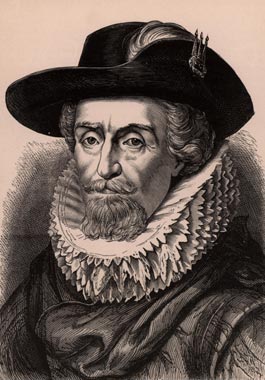
The Fall and Rise of Scots
During the Seventeenth Century, using the Scots language by academics and intellectuals was frowned upon. Long lists of Scots words and phrases to be avoided were drawn up as wealthy Scots learnt to speak "proper" English.
Despite pressure from above, ordinary people throughout the country continued to use the Scots language extensively.
In the late 1700s, there was a rekindling of interest when the poet and dramatist Allan Ramsay produced his series of "chapbooks". The famous poet, Robert Burns, introduced the Scots language to the World through his poems and songs, many of which are performed today.
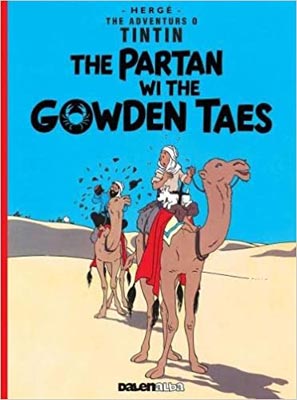
The Scots Language Today
For the first time, the 2011 Census asked about using Scots. Some 1.5 Million reported that they spoke the language, and even more could read, write or understand it.
There are four major Scots dialects that you can hear today. Lowland, Central, Northern (often referred to as Doric) and Insular (Nothern Isles). The Scots Language Centre website is packed full of information and examples.
It's becoming easier to access books and other literature written in Scots with a range of classic and contemporary English books translated into Scots, including the works of Roald Dahl, AA Milne and Tintin creator Herge.
VisitScotland Gives a Scots Language Makeover to Loved Literature
To celebrate the language, we know and love, VisitScotland's Year of Stories has teamed up with Scots expert and writer Alistair Heather to translate some of the World's most loved literature (with ties to Scotland) into Scots in a project they call Braw Beginnings. Alongside the translations, VisitScotland also created reimagined scenes from the novels – with a Scottish twist.
You can check out the project on their site, but why not go one step further and use your newfound Scots knowledge on a Scottish Tours trip? Many of our tours visit spots mentioned in VisitScotland's chosen novels – take a look below and see how you can bring these books to life in a way you might have never imagined!
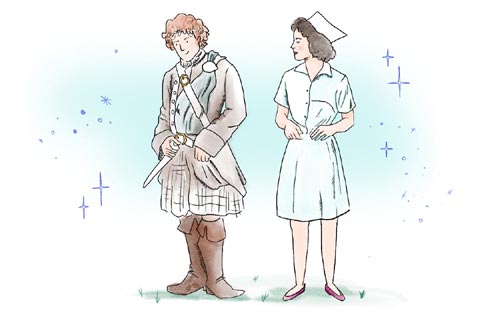
Visit the real-life locations of Diana Gabaldon's 'Outlander'
The project translates the first line of Diana Gabaldon's Outlander. The opening line of Gabaldon's novel is "It wasn't a very likely place for disappearances, at least at first glance" which in Scots becomes, "It wisnae a likely placie fir disappearances, at least, no tae the first glisk".
Luckily, you don't have to just read the novel or watch the TV adaptation to experience the story. Our Outlander tours let you experience Claire and Jamie's time-travelling footsteps as we visit filming locations and places from the tale!
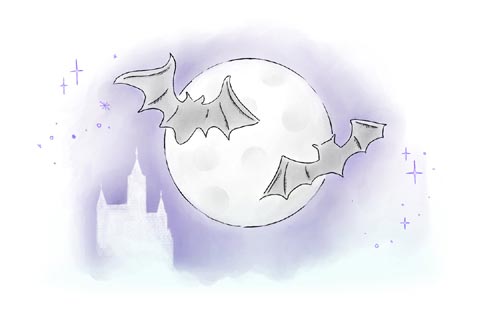
Visit historical castles like the one in Bram Stoker's 'Dracula'
Did you know that Scotland is home to over 1,500 castles? In the infamous 'Dracula' by Bram Stoker, one of these castles is said to be the inspiration behind the castle. The novel begins with "Left Munich at 8:35 p.m., on 1st May, arriving at Vienna early next morning; should have arrived at 6:46, but train was an hour late" which in Scots is: "Gaed oot fae Munich at 8:35p.m., on 1st May, intae Vienna early the follaein morn; shouldae arrived at 6:46, but train wis an oor late".
If you want to test your newfound Scots skills, why not join us on one of our Scottish Castles and Palaces tours? You can immerse yourself in the folklore and legends behind the walls of each of these magnificent buildings, following in the footsteps of the many famous characters – historical and fictional – who once roamed the castle halls and grounds.
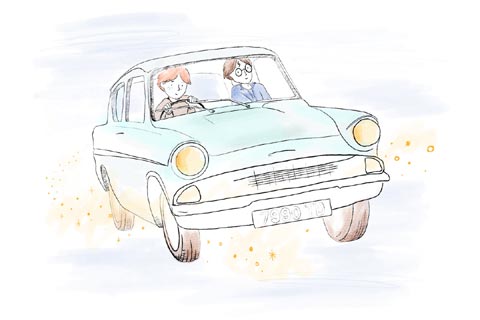
Harry Potter in Scots Language
Last but certainly not least, Harry Potter, also known as the boy who lived! Harry Potter has become synonymous with Scotland thanks to author JK Rowling, infamously writing the first novel in a café in Edinburgh as well as drawing inspiration from many Scottish locations for the books.
The VisitScotland project translates the first line of the second novel in the franchise, Harry Potter & The Chamber of Secrets. Rowling's book opens with, "Not for the first time, an argument had broken out over breakfast at number four, Privet Drive", which in Scots, becomes: "No fir the first time, a rammy had brak oot ower breakfast at nummer fower, Privet Drive".
Our Harry Potter tour is perfect for all those Potterheads out there as we visit some of the most magical spots in the country. Whilst we'll be able to take you to the infamous Glenfinnan Railway Viaduct, we can't promise you'll get a turn in a flying Ford Anglia like Harry and Ron!
Some of Our Favourite Scots Words
Before you visit Scotland, why not learn a few famous Scots words. Her are some of our favourites
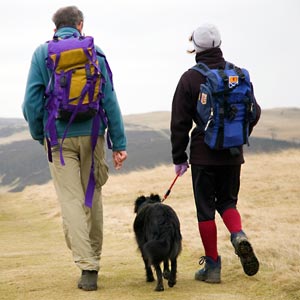
Bairn - a baby or young child
Black-affrontit - embarrassed
Crabbit - grumpy or bad-tempered
Dander - a stroll or walk
Dreich - wet weather
Fankle - to tangle something
Guddle - a mess
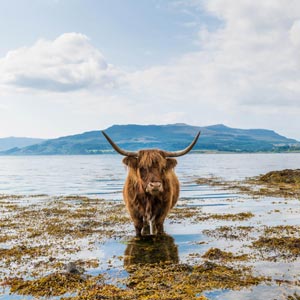
Keek - a quick look
Laldie - to do something vigorously
Oxter - an armpit
Stoater - exceptional
Stooshie - a row
Wheesht - be quiet
Discover the real Scotland with Scottish Tours
If you plan a visit to Scotland, let the local experts show you the best our beautiful country offers. Visit the places that inspired great authors on one of our sightseeing tours from Edinburgh, Glasgow, Inverness and London.
Book your Scotland Tour today.

